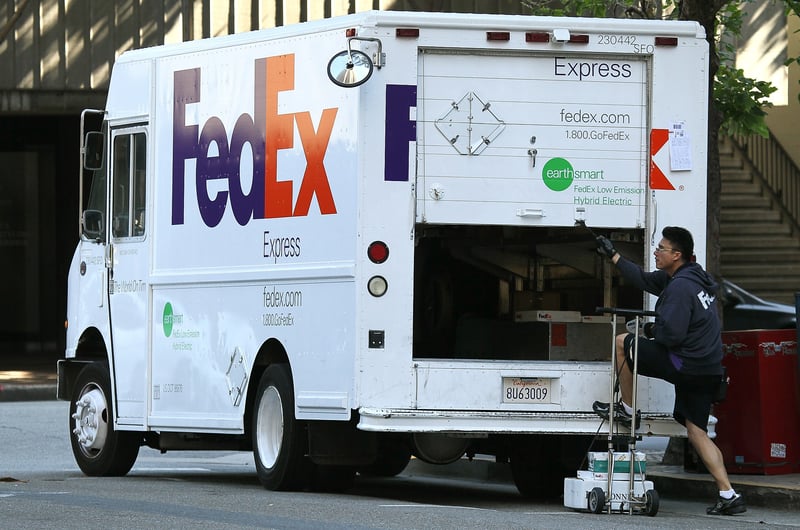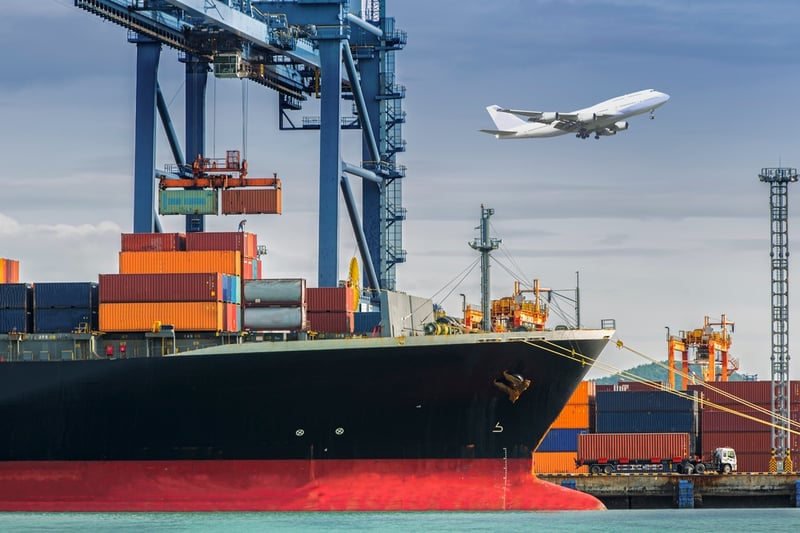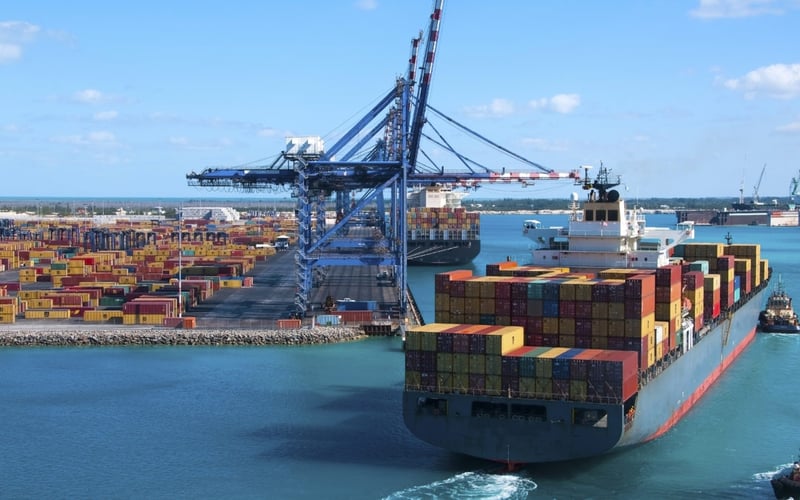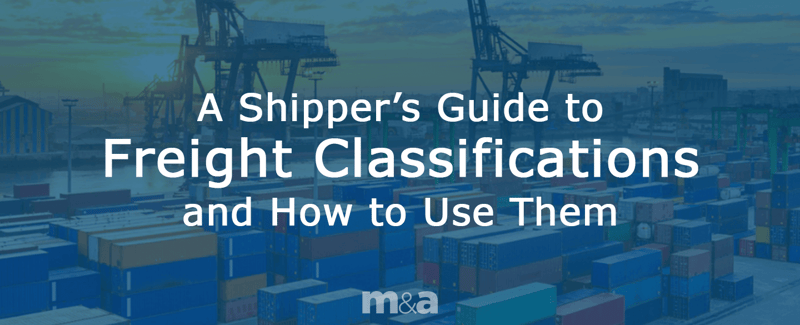Effective January 4, 2021, FedEx Express (Domestic, US Export and US Import), FedEx Ground, and FedEx Home Delivery shipping rates will increase by an average of 4.9%, while FedEx Freight will increase rates by an average of 5.9%. FedEx SmartPost, Ground Multiweight, and International Premium rates will also increase, but FedEx has not specified those increases. FedEx One Rate and Retail Rates will also change. The company also said that its list of delivery area surcharge U.S. ZIP codes for FedEx Express, FedEx Ground, and FedEx SmartPost are also set to change, beginning on January 4, 2021
FedEx Rate Changes 2021

Topics: Insider, Freight Rates
Ocean & Air Freight - August 4, 2020

Ocean Freight
Topics: Insider, Freight Rates, 3PL, COVID-19, Economy
Ocean Freight - June 3, 2020

Ocean rates were stable this past week, kept up by tightened capacity to meet the low demand. Some carriers announced they were reinstating a small number of sailings from Asia to the US in June, and others announced increased rates to Europe from Asia. This may be partly due to carriers overestimating how low demand would fall, but there are also signs of increases in bookings. Some forwarders report a muted seasonal-driven uptick in US orders, while some indicators suggest supply chain activity is picking up in Europe as many countries ease restrictions. Shipments out of South East Asia indicate that while China has regained its pre-COVID-19 level of interest, it is no longer as dominant as it was last year, with its share dropping 5 percentage points to 90%. China-US West Coast prices (FBX01 Daily) down by 2% since last week to $1636/FEU. Rates are 32% higher than rates in 2019 at this time. On a positive note China-US East Coast prices (FBX03 Daily) are just 1% lower than last week, reaching $2578/FEU, and are even with rates for this week last year. However, Shanghai Containerized Freight Index spot price per 40-foot equivalent unit for transport to the U.S. West Coast recently reached $2,097 last week, up 25% from the week before to the highest price this year.
Topics: Insider, Freight Rates, COVID-19, Economy
Incoterms Explained: What They Are and Why They Are Useful (Chart Included)

What are Incoterms?
The INternational COmmerce Terms (Incoterms) were created by the International Chamber of Commerce (ICC) in 1936. The latest version of Incoterms, released in 2010 includes 11 separate codes for various modes of transportation. The terms are anticipated to undergo revision in 2020.
Topics: Logistics Management, Freight Rates
A Quick Guide to Freight Classifications and How to Use Them

What Is Freight Class?
When determining the price necessary for shipping freight Less-Than-Truckload (LTL), all carriers abide by the standard Freight Classification System established by the National Motor Freight Traffic Association (NMFTA) and published by the National Motor Freight Classification (NMFC).
Topics: Logistics Management, Freight Rates


.png?width=770&name=baby%20truck%20(1).png)

